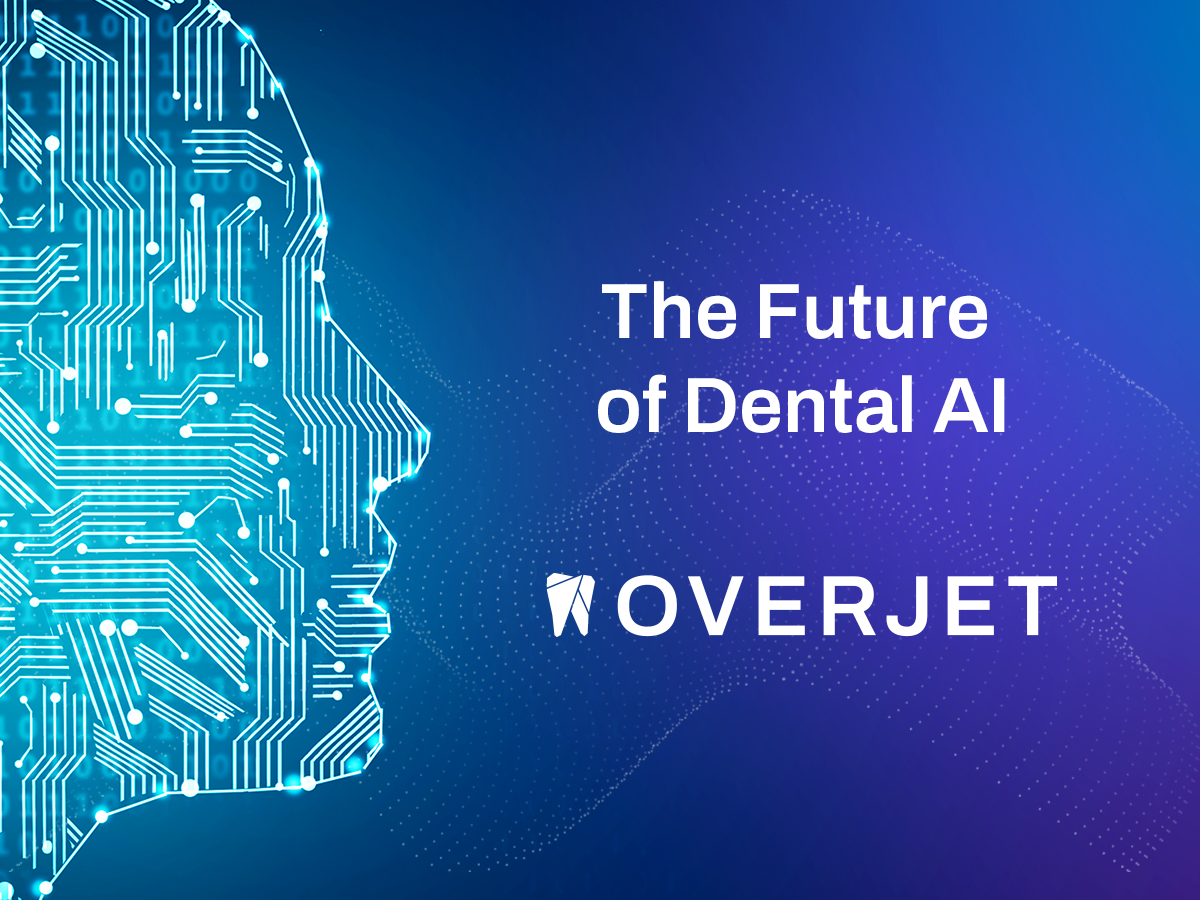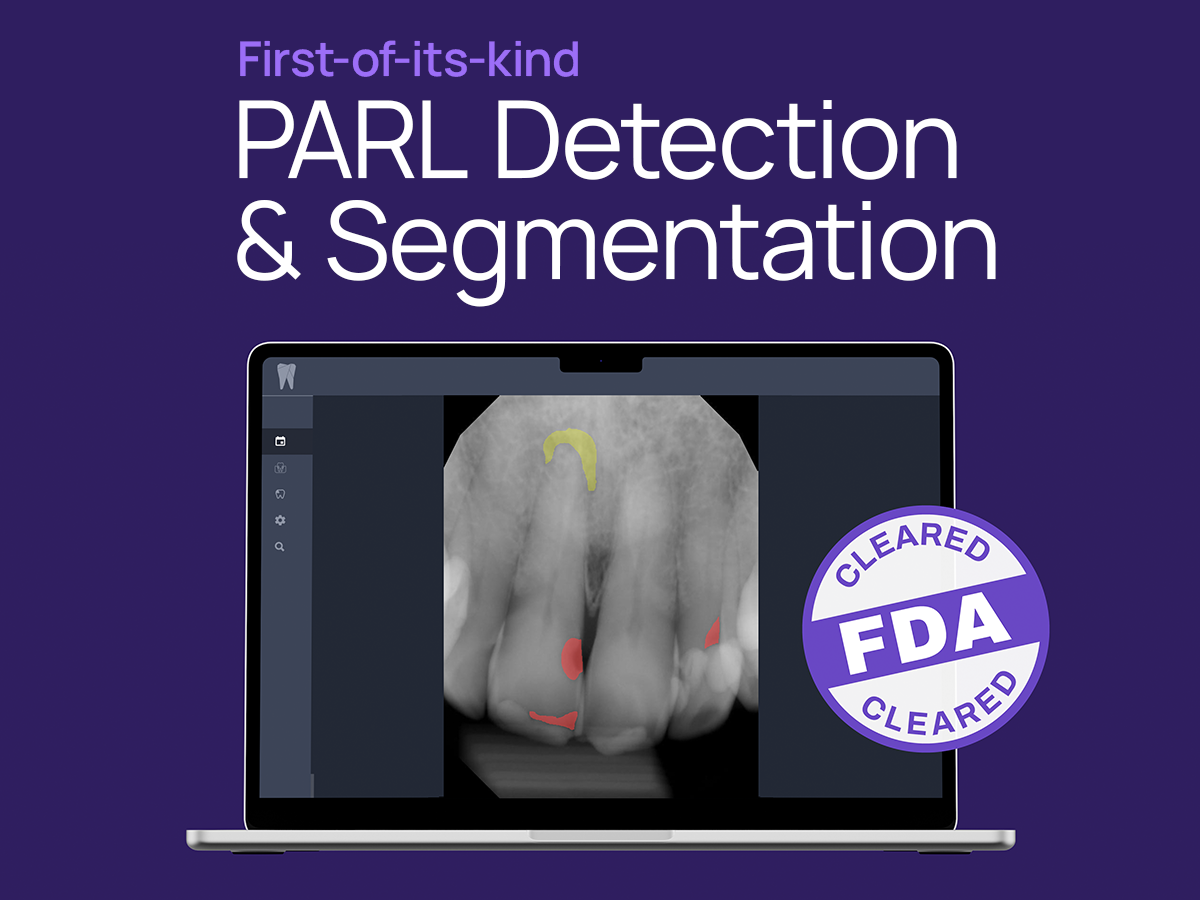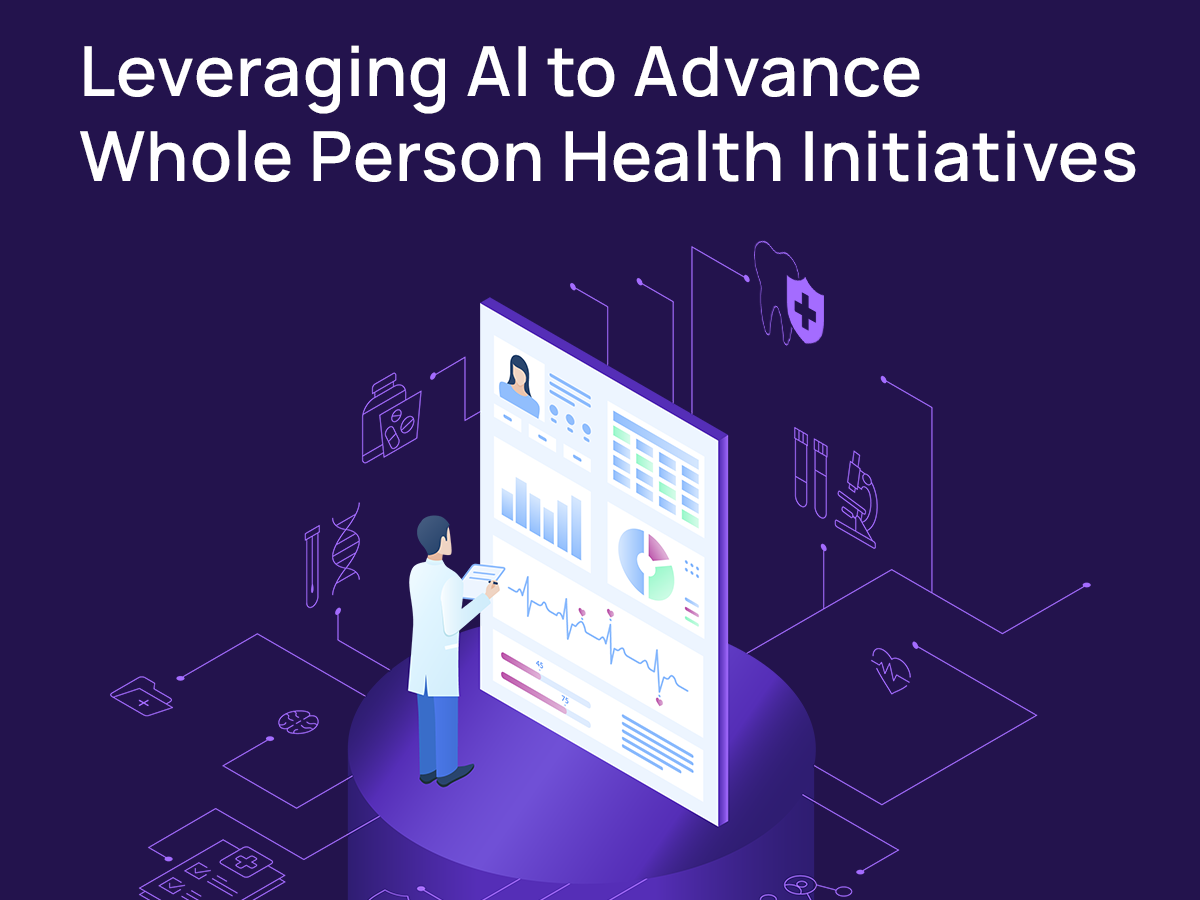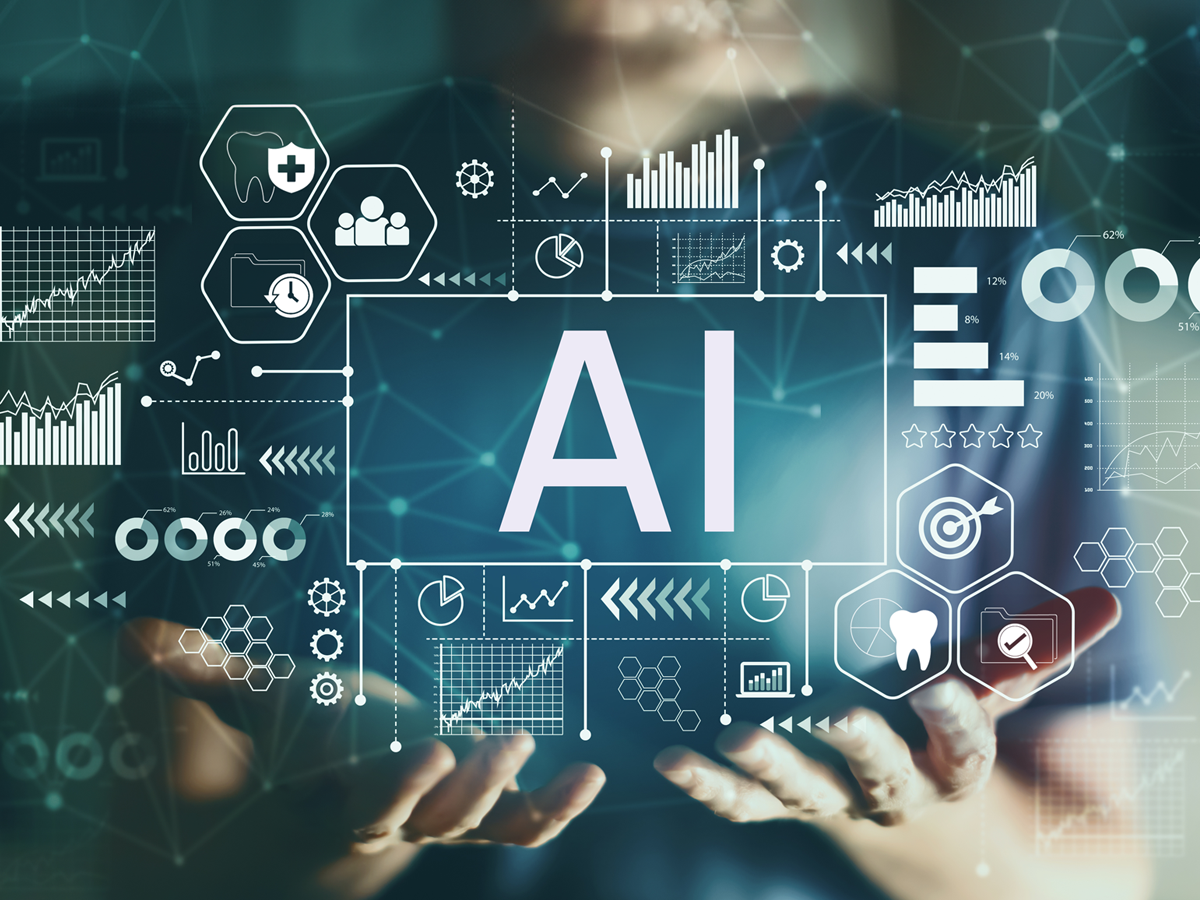Dental AI is revolutionizing how dentists diagnose and present treatment. Overjet’s artificial intelligence algorithms can detect calculus, cavities, bone loss and other oral health problems.
This is just the beginning.
In the future, AI will play an increasingly important role in helping dentists with predictive analytics. AI algorithms will be able to analyze patient data, including medical history, lifestyle, and genetics, to predict the risk of developing dental problems such as tooth decay, gum disease, and oral cancer. Dentists will be able to use this information to create personalized prevention plans for their patients, including recommendations for diet, oral hygiene, and other lifestyle factors that can help reduce the risk of developing dental problems.
The use of AI for predictive analytics in these medical fields demonstrates the potential of AI to help dentists with predictive analytics in the future. Here are some potential examples of how AI could be used to help dentists with predictive analytics:
- Predicting the risk of tooth decay
AI algorithms could analyze patient data such as diet, oral hygiene habits, and medical history to predict the risk of developing tooth decay. For example, AI could identify patients who consume a lot of sugar, have poor oral hygiene habits, or have a history of tooth decay, and provide recommendations for reducing the risk of developing cavities, such as increasing fluoride use, reducing sugar intake, and improving oral hygiene habits.
- Predicting the risk of gum disease
Artificial intelligence algorithms could analyze patient data such as smoking history, medical history, and genetics to predict the risk of developing gum disease. For example, AI could identify patients who smoke, have a history of periodontitis, or have a genetic predisposition to gum disease and generate recommendations to reduce the risk of developing gum disease, such as quitting smoking, improving oral hygiene habits, and using mouthwash to kill bacteria.
- Predicting the risk of oral cancer
Dental AI software could analyze patient data such as age, gender, medical history, and lifestyle factors to predict the risk of developing oral cancer. For example, AI could identify patients who are over a certain age, have a history of smoking, or have a family history of oral cancer and provide personalized recommendations for reducing the risk of developing oral cancer, such as quitting smoking, reducing alcohol consumption, and increasing oral cancer screening.
- Predicting the risk of dental implant failure
AI algorithms could analyze patient data such as bone density, medical history, and lifestyle factors to predict the risk of dental implant failure. For example, AI could identify patients who have low bone density, have a history of diabetes, or smoke and generate customized recommendations for reducing the risk of dental implant failure, such as improving bone density, managing diabetes, and quitting smoking.
- Predicting the need for orthodontic extractions
A study published in March 2022 found that machine learning models accurately predicted the orthodontic need for tooth extractions up to 93.9% of the time, according to the National Library of Medicine, National Center for Biotechnology Information.
These are just some of the ways AI will help dentists determine which patients may be at risk for oral health problems and create appropriate treatment plans to reduce the risk and promote optimal health.











